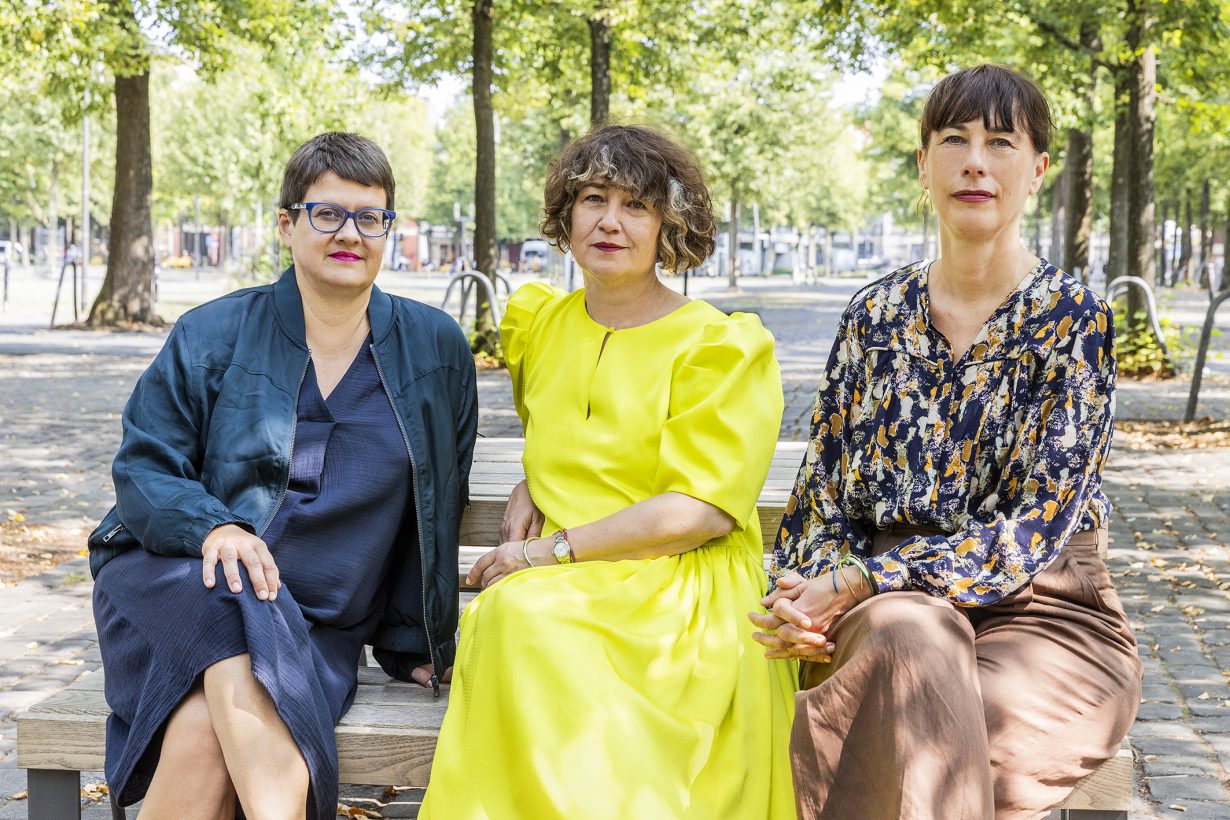
Ivet Ćurlin, Nataša Ilić and Sabina Sabolović – founding members of curatorial collective What, How & for Whom (WHW) – will be the Artistic Directors for the fifth edition of Skulptur Projekte Münster, set to take place in the summer of 2027.
Founded in 1977 by Klaus Bußmann and Kasper König, Skulptur Projekte takes place every ten years in the city of Münster. Prior to WHW, König, who passed away earlier this month, had served as its long-term artistic director. WHW’s appointment will make 2027 the first women-led edition.
Formed in 1999 and based in Zagreb, Croatia, WHW takes its name from the title of the collective’s first project in 2000, dedicated to the 152nd anniversary of the Communist Manifesto. Their work considers the titular questions as well as how art can shift the way society is experienced and structured. From 2003 to 2023, WHW directed city-owned Gallery Nova in Zagreb. In 2018, the collective established WHW Akademija, an independent international study programme dedicated to supporting emerging artists.
Between 2019 and 2024, Ivet Ćurlin, Nataša Ilić and Sabina Sabolović worked as artistic directors of Kunsthalle Wien. That is, until they were forced out after the municipal government put out an open call during their directorship for submissions for the role.
‘We are looking to bring new artistic proposals and ways of thinking that have not yet been seen [in Skulptur Projekte],’ Ivet Ćurlin, Nataša Ilić and Sabina Sabolović say in a statement. ‘We want to address the social and political tensions of the present through our work with the artists, and we will seek to build on the practices of feminism and collectivism, as well as the many previous experiments with public art. How can art in public space today meaningfully address the fragility of democracy, ecology and common life? Can it strengthen mutual respect and liberation? How can we reformulate the pedagogical claim that the Skulptur Projekte has had since its beginnings? These are the questions that will characterise our curatorial journey over the next three years.’